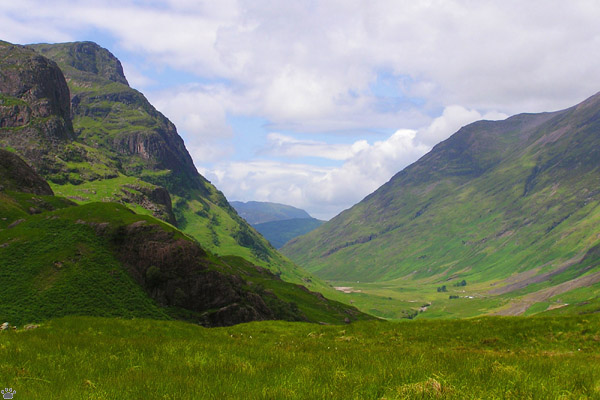
Glen Coe, Scotland.
Part 9: Moors
Much of Britain, especially in the north, is moorland - an open landscape of emerald grass, heather and bracken fern, sparsely populated.
 |
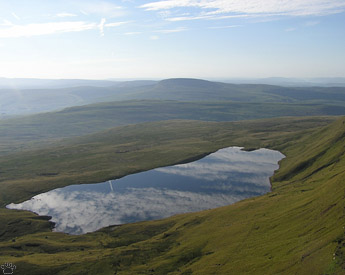 |
| Brecon Beacons National Park, Wales. |
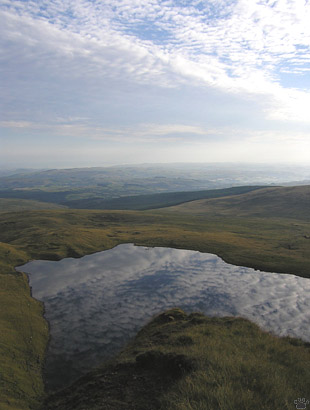
Brecon Beacons National Park, Wales. |
In England and Wales, moors are mostly hilltops andlow mountains with acidic soils. They are like islands in the sea of fields, forests and towns. |
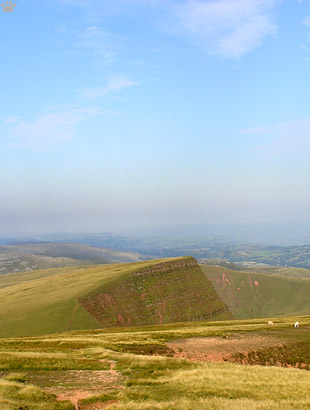
Summit of Fan Brycheiniog, Brecon Beacons National Park, Wales. |
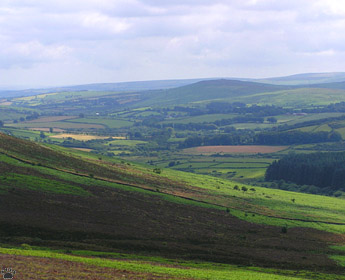
Lower edge of Dartmoor National Park, England. |

Lower edge of Brecon Beacons National Park, Wales. |
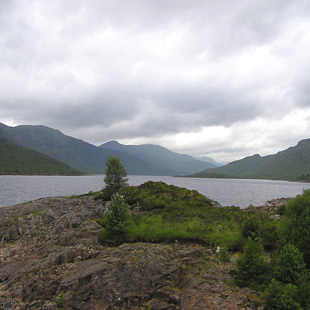
Loch Cluanie, Scotland. |
In northern Scotland, rocky moors cover much of the land, from the sea level to mountain slopes. |
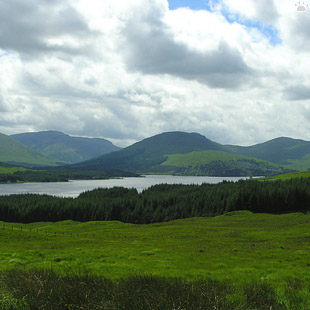
Loch Tulla, Scotland. |
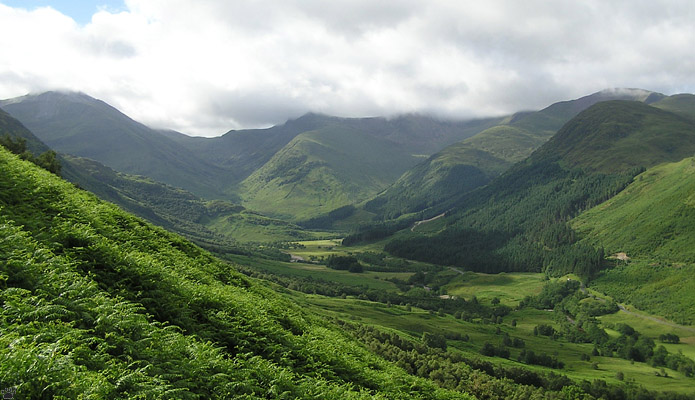
Glen Nevis, Scotland. |
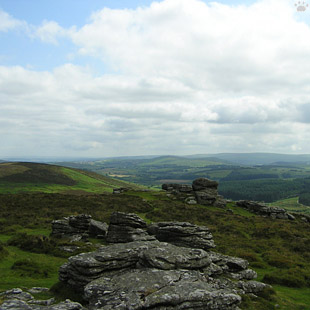
Hameldown Tor summit, Dartmoor National Park. |
Except at higher elevations, most moors are not natural - they've been created by logging and fires, and persist because of grazing. |
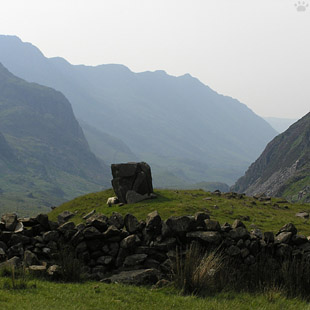
Pass of Llanberis, Snowdonia National Park, Wales. |
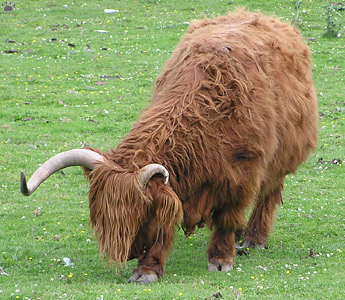 |
 |
| Highland cattle, Appin of Dull, Scotland. |
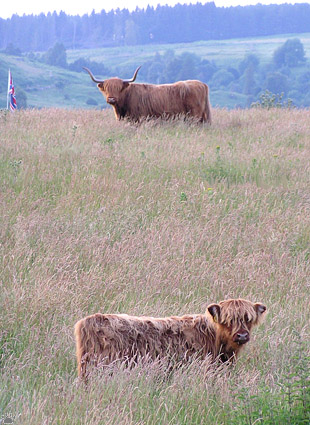
Highland cattle, Appin of Dull, Scotland. |
Some local breeds of cattle, sheep and horses are well adapted to living on the moors. They can tolerate wet climate and rough diet of overgrazed moorlands. |
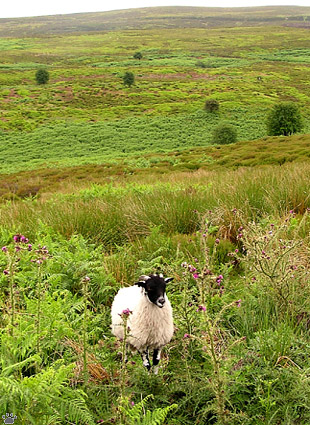
Scottish black-faced sheep, Yorkshire Dales National Park, England. |
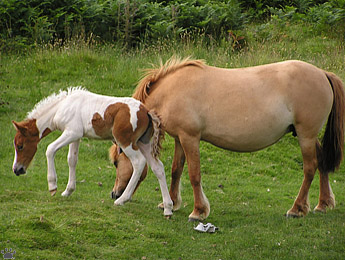 |
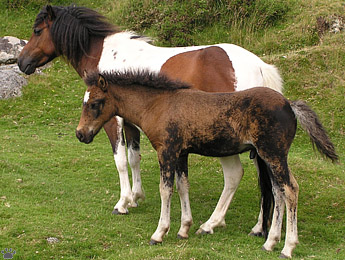 |
| Dartmoor ponies, Dartmoor National Park, England. |
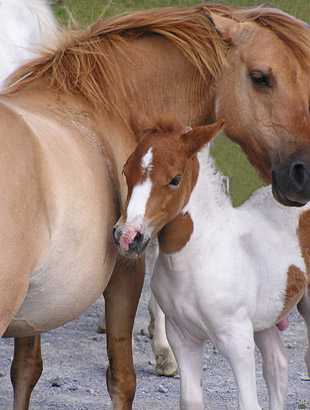
Dartmoor ponies, Dartmoor National Park. |
Some of moor breeds are among the oldest and the most primitive in the world, especially the Exmoor and Dartmoor ponies. |
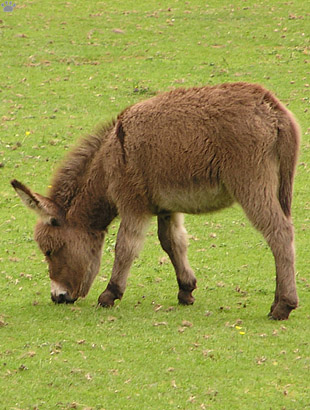
Donkey, Exmoor National Park, England. |
 |
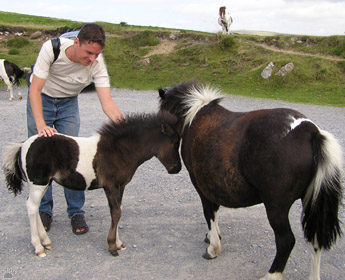 |
| Dartmoor ponies, Dartmoor National Park, England. |
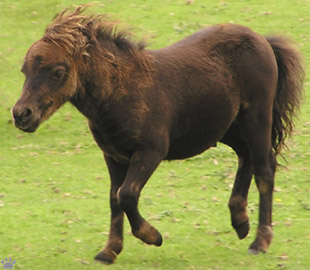
Exmoor pony, Exmoor National Park. |
In abscence of grazing and fires, most low-elevation moors slowly turn back into forest. |
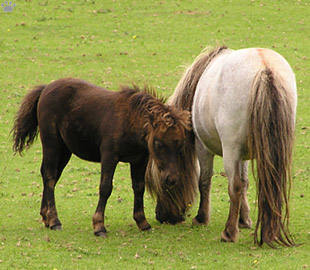
Exmoor ponies, Exmoor National Park. |
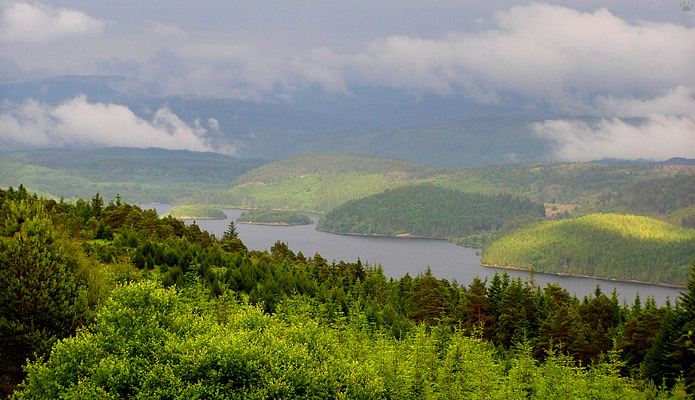
Forest overtaking the moors, Loch Garry, Scotland. |
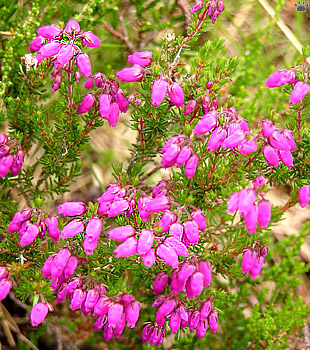
Bell heath (Erica cinerea), Loch Loyne, Scotland. |
In mid- summer, lowland moors (more often called heaths) turn into a sea of color as various heather species begin to bloom. |

Common heather (Calluna vulgaris), New Forest Nat'l Park, England. |

Heath at Land's End, Cornwall. |

Bell heath (Erica cinerea), Land's End. |
The most colorful heaths can be seen in Cornwall, along the coast in Land's End area. |

Cross-leaved heath (E. tetralix) and dandelion (Taraxacum sp.), Land's End. |
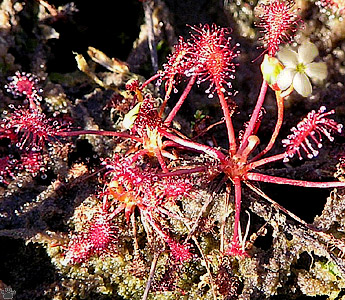 |
 |
| Intermediate sundew (Drosera intermedia), New Forest Nat'l Park. |
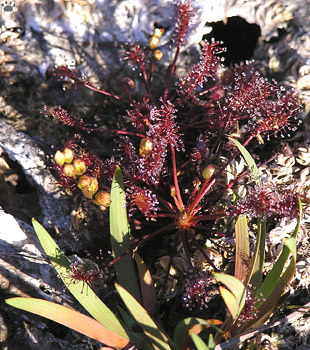
English sundew (D. anglica), New Forest Nat'l Park. |
In wet places, heaths and moors turn into mires and bogs. On poor soils, you can often find three species of sundews - tiny predatory gems. |
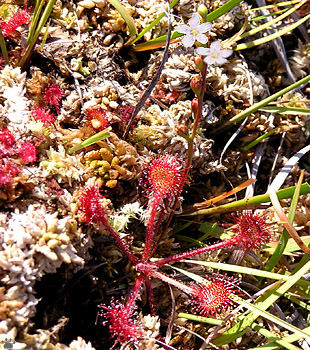
Roundleaf sundew (D. rotundifolia), New Forest Nat'l Park. |
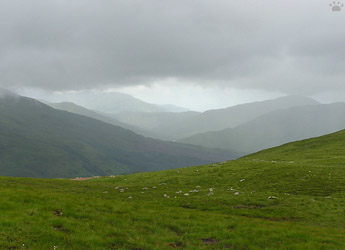 |
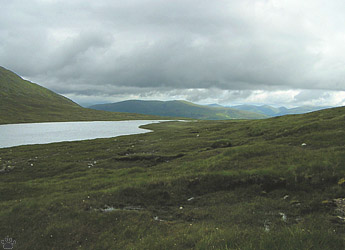 |
| Montane tundra at Ben Nevis, Scotland. Ben Nevis (1344 m) is the highest mountain in Britain. |

Woodland strawberry (Fragaria vesca), Yorkshire Dales Nat'l Park. |
Above 700-800 m in Wales, and 500-700 m in Scotland, moors turn into Alpine tundra. |
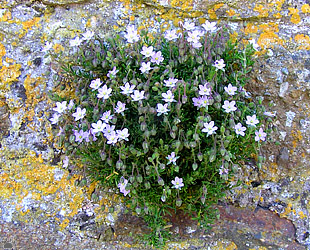
Saxifrage (Saxifraga sp.), Snowdonia Nat'l Park. |
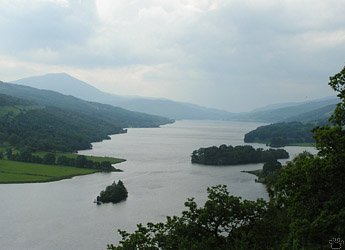
Loch Tummel, Scotland. |

Loch Luane, Scotland. |
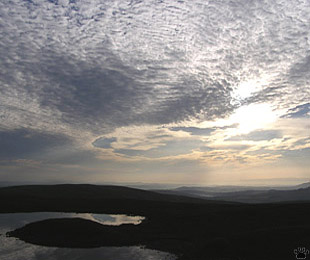
Sky, Brecon Beacons National Park, Wales. |
Moors of Britain are among the world's best places for hiking. It often rains here, but seldom gets too hot or too cold. And sometimes you just get lucky, and see a sunset like these, seen in mid-July in the hills of Wales. |
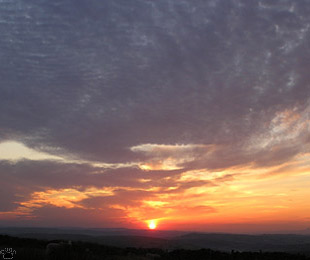
Sunset, Brecon Beacons National Park. |
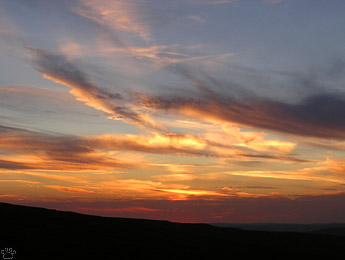
Sunset, Pembrokeshire Coast National Park, Wales. |

Sunset, Brecon Beacons National Park. |
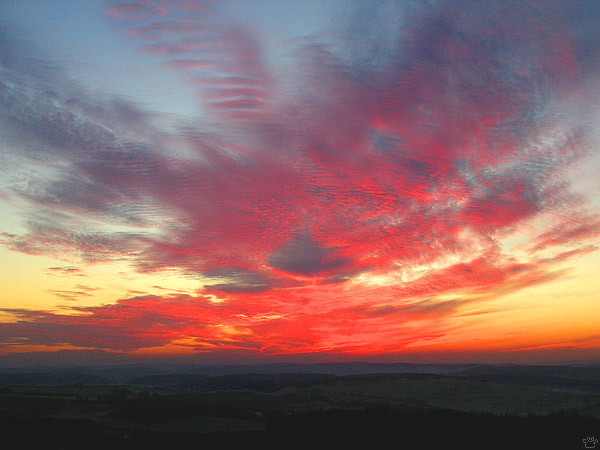
Sky, Brecon Beacons National Park, Wales.
Part 10: Seashores
Back to Part 8
Home |